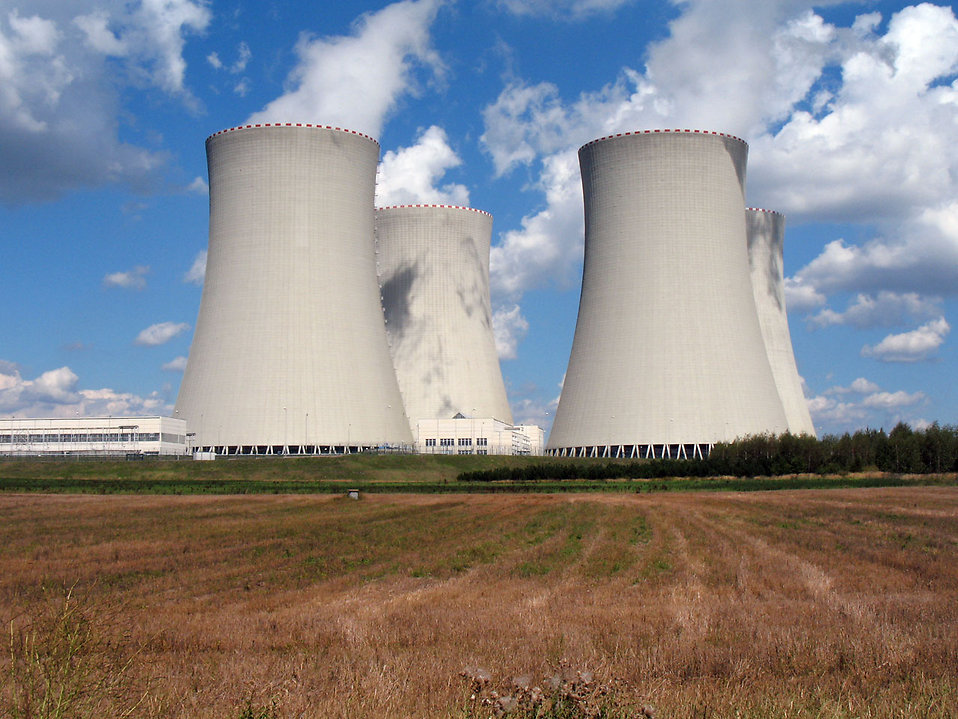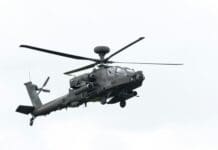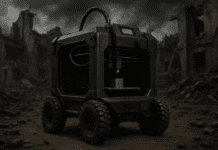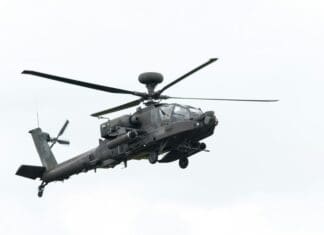This post is also available in:
 עברית (Hebrew)
עברית (Hebrew)
Autonomous UASs will fly inside ruined nuclear power stations to conduct inspections. A team led by Southwest Research Institute (SwRI) in the US is developing an unmanned aerial system technology to fly into the containment vessels of the damaged units at Japan’s Fukushima Daiichi nuclear power station and assess conditions.
Tokyo Electric Power Company Holdings, Incorporated (TEPCO Holdings) contracted SwRI to explore the use of UAS, or drones, within the containment. Working with the General Robotics, Automation, Sensing and Perception (GRASP) Lab at the University of Pennsylvania (Penn) School of Engineering and Applied Science, SwRI engineers are helping adapt small drones to autonomously operate within the containment.
“This is a formidable challenge,” said Project Manager Dr. Monica Garcia, a senior research engineer in SwRI’s Intelligent Systems Division.
When a 9.0 magnitude earthquake and a tsunami with estimated wave heights of 13 meters struck the power station in 2011, this one-two punch initiated a series of events that ultimately caused three reactors to fail. Since then, a number of ground- and underwater-based robotic systems have been sent inside the containment. However, damage and high radiation levels have limited access to information vital to decontamination and decommissioning efforts, according to businesswire.com.
The team is adapting high-speed, advanced mobility drones to collect key information about the current status, so that the information will play an important role in future decontamination and decommission efforts at Fukushima Daiichi.
The team successfully demonstrated the core feasibility of their approach in a test fixture at SwRI’s San Antonio campus late last year. During Phase 1 of the project, the team also verified that the UAS components could survive the harsh radiation conditions within the containment.


























